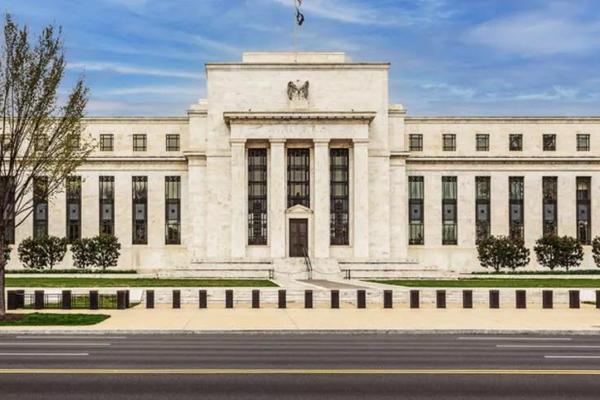Fed gears up to attack inflation as US recession fears grow
WASHINGTON


The Federal Reserve this week is set to redouble its assault against record U.S. inflation while facing an array of shocks both internal and external that analysts fear may one day put the world’s largest economy into a recession.
The policy setting Federal Open Market Committee (FOMC) will convene its two-day meeting tomorrow, and top officials have strongly signaled they will hike interest rates by half a percentage point and announce plans to reduce their massive holdings of debt.
Both moves would further tighten lending conditions in the world’s largest economy and potentially take the steam out of consumer prices that are rising at rates not seen since the 1980s, driven in part by the Fed’s own policies.
The rate hike is expected to be one of several the Fed makes this year, but with the economy also facing shocks from Russia’s invasion of Ukraine and COVID lockdowns in China, analysts warn the central bank must strike a delicate balance to stop a downturn.
“They’re going to have to be very, very nimble to keep the economy from going into a ditch,” Jay Bryson, managing director and chief economist at Wells Fargo’s Corporate and Investment Bank, said in an interview.
Top Fed officials including Chair Jerome Powell have hinted strongly that a half-percentage point hike will be agreed to at the May 3-4 meeting, twice the amount of the quarter-point hike the FOMC implemented in March.
The central bank is also expected to announce plans to begin offloading the trillions of dollars in Treasury bonds and mortgage-backed securities it bought during the pandemic to support the economy, which would raise borrowing costs.
“They told us everything in advance,” said Roberto Perli, head of global policy at Piper Sandler. “I’d be shocked if they do anything different at this point.”
With consumer prices 8.5 percent higher in March compared to the same month in 2021, raising rates has become an imperative for the Fed, which cut rates to zero as the pandemic began but attracted criticism for keeping them there throughout last year, even as inflation rose.
“Inflation is still very high by all means, so full speed ahead for now with the hawkish rhetoric,” Perli said.
The Fed’s tools are sharpest at pressuring demand, but the U.S. economy is also being battered by shocks emanating from beyond its borders and therefore the central bank’s control, creating fears the Fed will raise rates, inflation will stay high and a downturn will follow.
The war in Ukraine has prompted a global spike in prices for oil as well as other commodities, while the pandemic lockdowns in China could worsen global supply snarls that have bedeviled the U.S. economy in its recovery.
“They’re not very well equipped to deal with these shocks,” Perli said.
A recession is not viewed as imminent, despite last week’s release of government data showing GDP shrank in the first quarter of this year, which economists see as a consequence of trade issues that swamped otherwise healthy consumer and business spending.
The grim scenario could instead arrive next year, and Bryson said a harbinger would be if prices remain elevated even as the Fed tightens its lending rate.
“The probability of a recession is not insignificant at this point,” he said.
“If the inflation numbers continue to come in hot, then I’d say the probability of recession continues to go up.”
Perli sees signs that Powell himself worries about the Fed’s ability to pull off a “soft landing,” as the technique of quelling inflation without causing a recession is known.
In March, the Fed chair told a conference, “My colleagues and I will do our very best to succeed in this challenging task,” words Perli said he found troubling.
“It’s not a way of putting things that denotes a lot of confidence,” he said.
